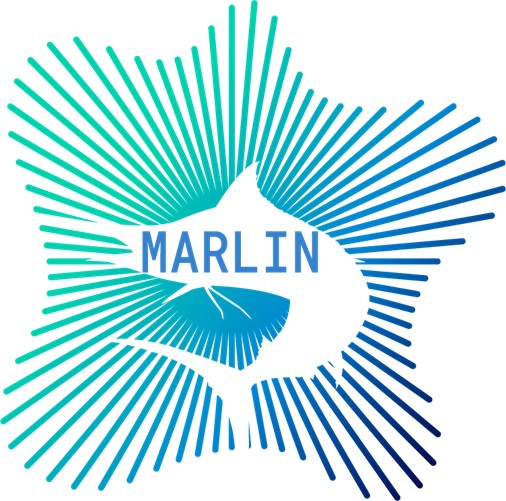
-
StatusOngoing
-
Activity Code3F.029
MARLIN provides:
- a means for regulators and certification bodies to effectively and efficiently monitor responsible fishing at scale,
- a solution for fishermen seeking to simply and efficiently report fishing activity to regulators.
The following challenges could affect MARLIN’s technical success or end users’ adoption of the MARLIN system:
- Availability of cellular 5G terrestrial network coverage in coastal regions
- Complications integrating the MARLN sub-assembly with legacy Insight360 hardware
- Electronic component availability
- Ingress protection failing to achieve the necessary level of protection for marine environments
- Incompatibility with existing legal constraints on data management and/or on-vessel hardware installation
- Legislation does not mandate electronic monitoring of fishing vessels.
MARLIN is a comprehensive platform to report and monitor fishing activity by using the following advantages:
- MARLIN generates high-resolution video, audio, and fishing activity data, such as time and location, collected on-vessel and at sea.
- MARLIN provides near-real-time alerts of fishing events as they happen on-vessel and at-sea
- MARLIN automatically uploads data and information to a cloud-based dashboard where regulators can access MARLIN data for review quickly and efficiently.
MARLIN consists of 1) an on-vessel, data-collection hardware system, and 2) a cloud-based dashboard.
The hardware system’s camera records video to internal storage once a vessel leaves port. When bycatch occurs, fishers can attach a voice recording to the video, describing the event and any happenings outside the camera’s view. The hardware converts the speech to text and identifies events by detecting keywords.
After an event, the system transmits the information via 5G or satellite. If the system doesn’t detect a 5G network, it compresses the event information into satellite-transmittable payloads. The payloads are sent to a cloud repository accessible by the MARLIN dashboard. Once the vessel returns to port or enters 5G service, the high-resolution video and audio data saved to the system’s local disk are also transmitted to the cloud repository and accessed by MARLIN dashboard.
The MARLIN dashboard is a cloud-based software-as-a-service (SaaS) dashboard, able to access data received from fishing vessels hosting MARLIN hardware. It includes tools that help regulators and other users access, visualise, and organise MARLIN data.
MARLIN’s on-vessel hardware is a sub-assembly to the underlying architecture of Arribada’s current Insight360 monitoring system, which autonomously records video and audio data. The MARLIN sub-assembly adds a range of cellular 5G modems and satellite Machine-to-Machine (M2M) transmitters and develops the software subsystems to drive and manage data transfer, exploring intelligent switching and optimisation of our hybrid comms solution.
The current design of the on-vessel hardware includes a waterproof IP68 enclosure, power regulation, Power-over-Ethernet (PoE), USB3, HDMI, mPCIe storage, hybrid cellular 5G and satellite M2M connectivity, Global Navigation Satellite System (GNSS), a 4 channel directional microphone for audio capture, IP CCTV cameras and an LCD diagnostic screen.
The MARLIN project spans ESA’s Definition and Technology Phases with four milestones.
Definition Phase
Purpose: Gather user requirements, define the system architecture, investigate compliance constraints, and create a product business model.
- Milestone 1: Systems Requirements Review
Technology Phase
Purpose: Build and perform on-vessel tests of the MARLIN prototype hardware, build and test the dashboard software, and assess user experiences.
- Milestone 2: Mid-term Review
- Milestone 3: Preliminary Design Review
- Milestone 4: Critical Design Review
The MARLIN project began on December 2, 2024. The following covers work in February 2025.
Work in progress:
- Interviewing stakeholders to understand what MARLIN will require to be successful for different end-user groups
- Analysing the responses from stakeholder interviews
- Creating a business plan centred on conducting market research, identifying key trends, estimating market size, and analysing competitors
- Created an initial MARLIN hardware block diagram
- Began testing software platforms for MARLIN
Next activities:
- We will continue to do all of the above activities for the next two months



